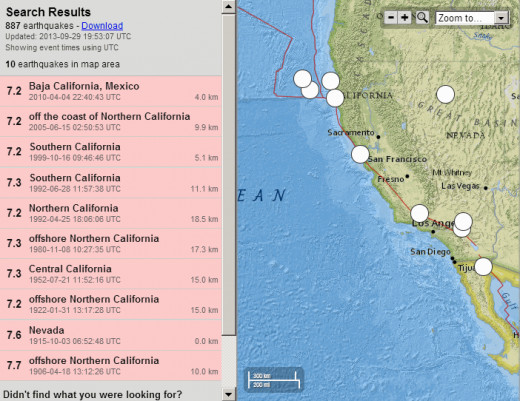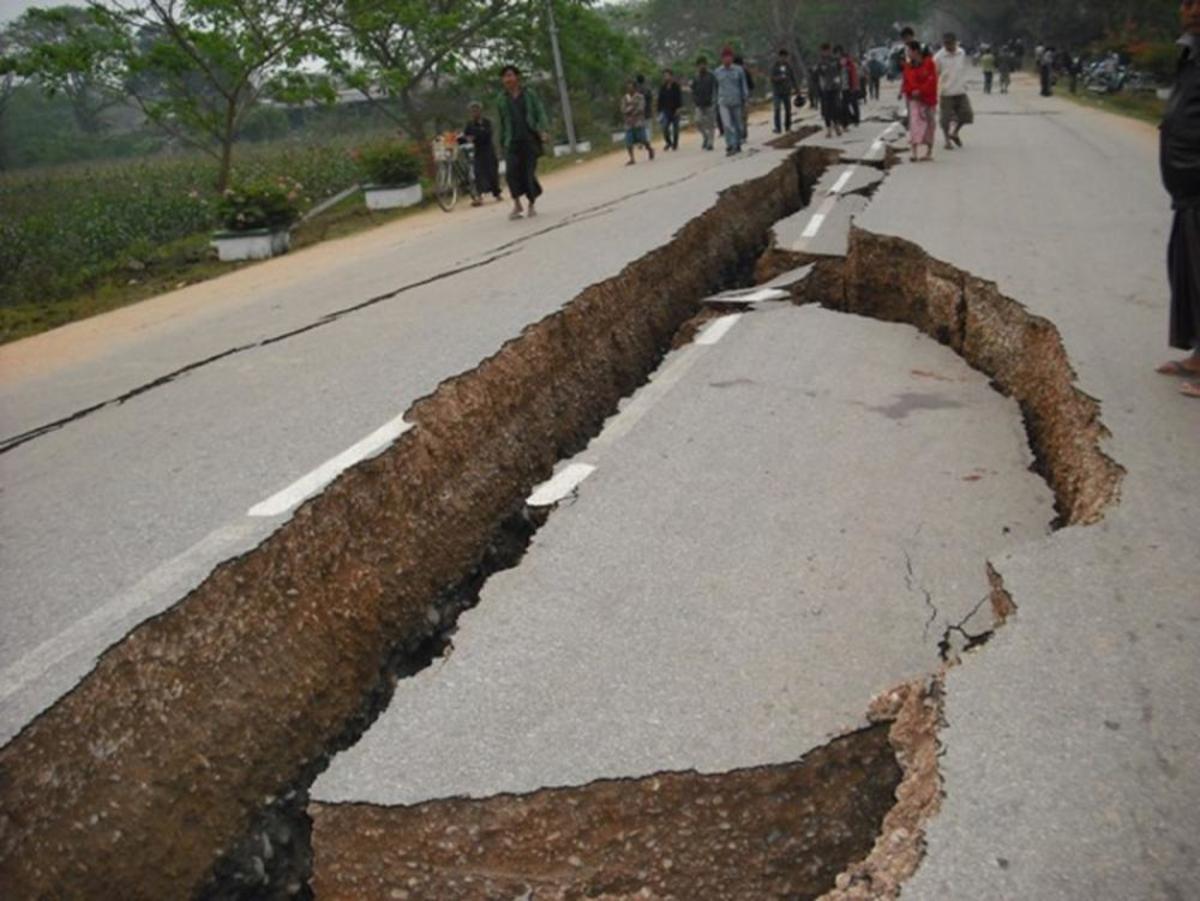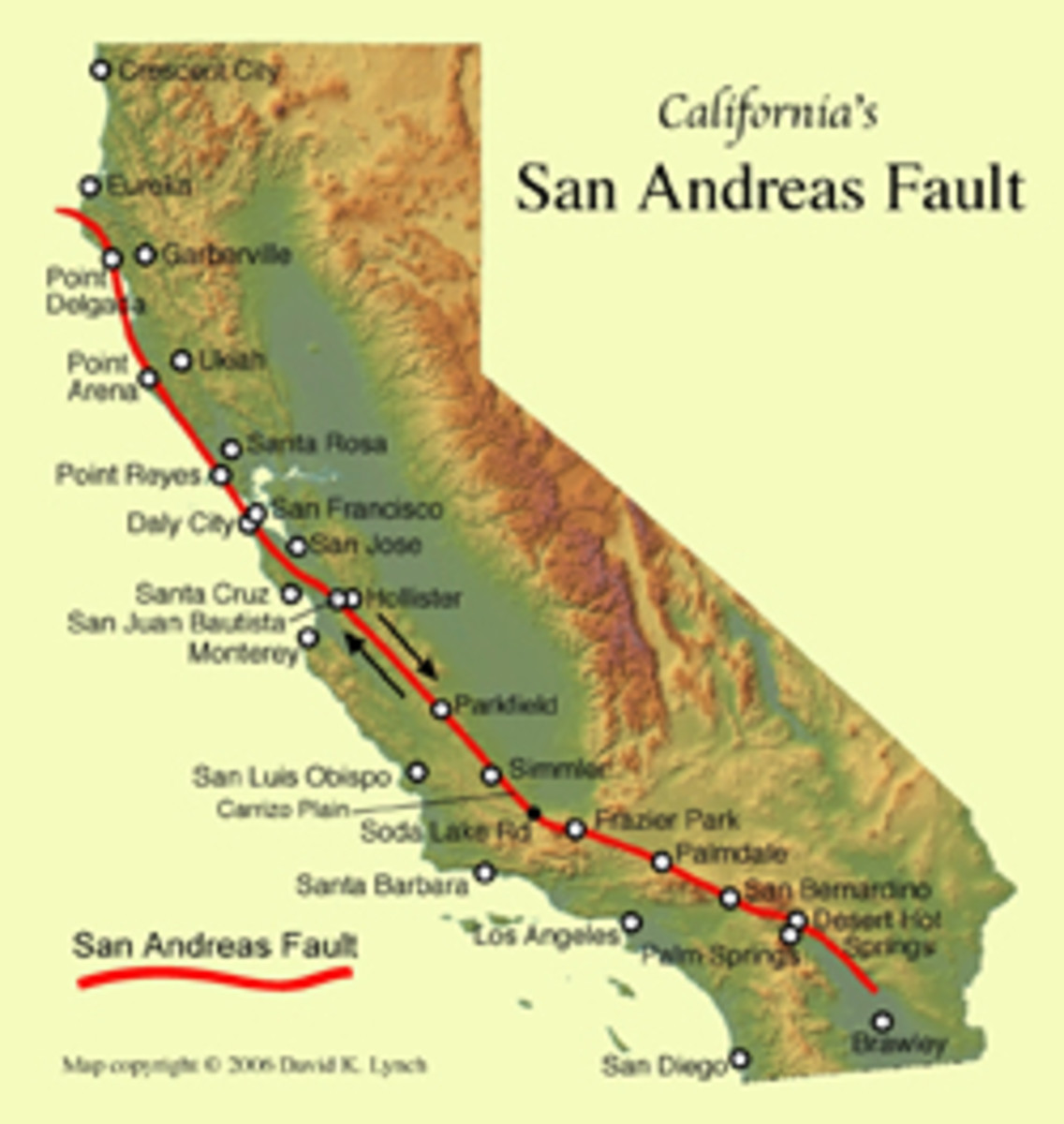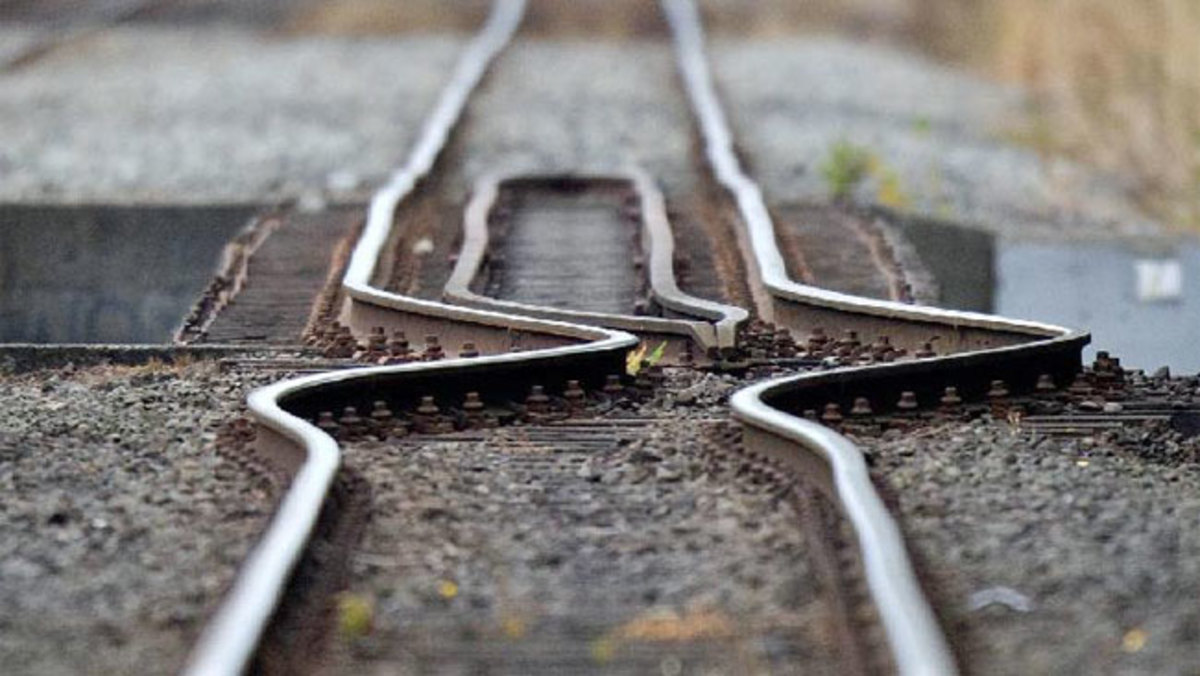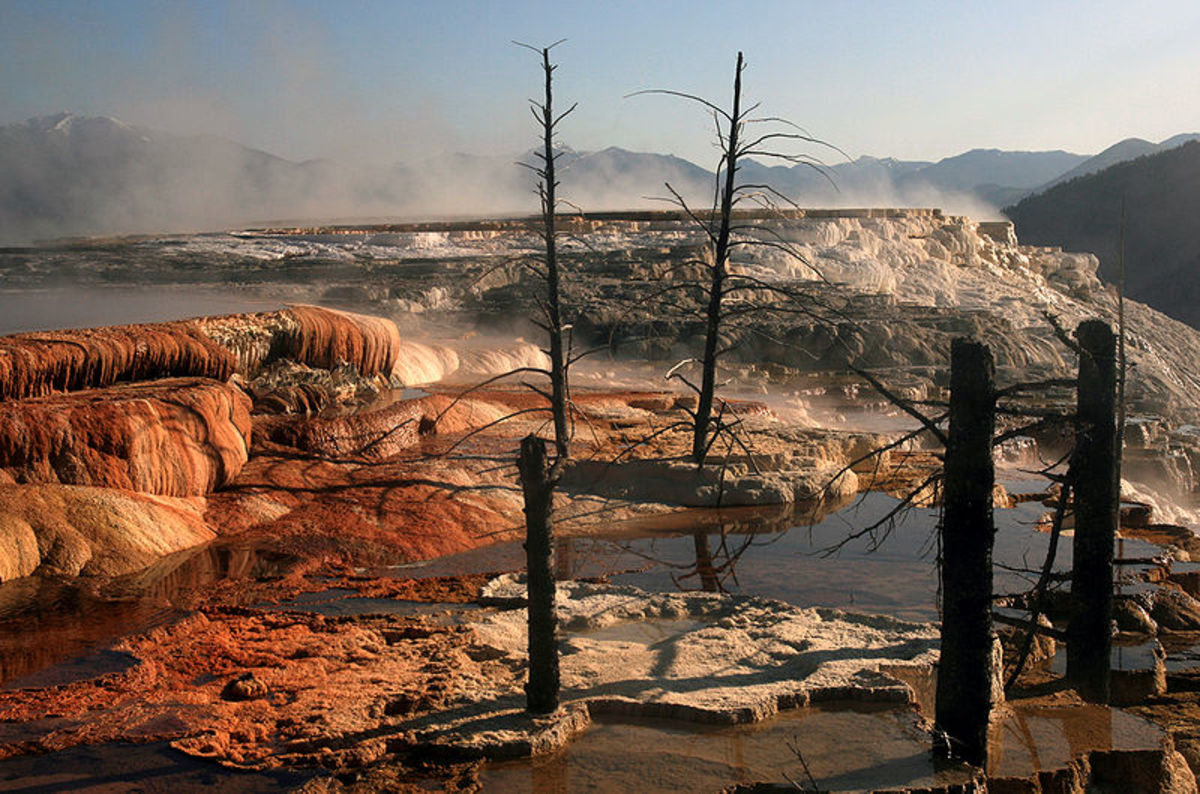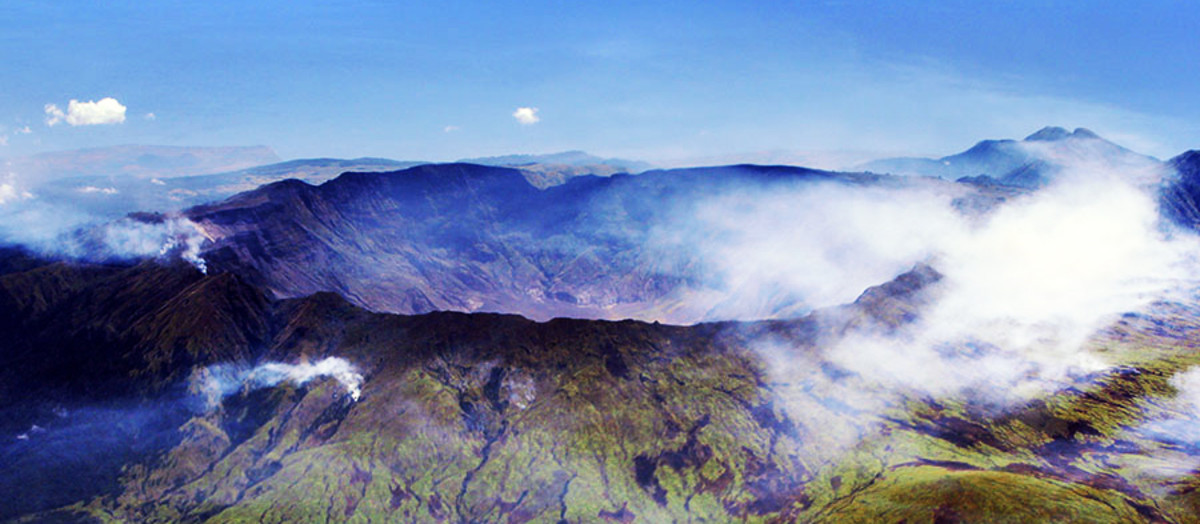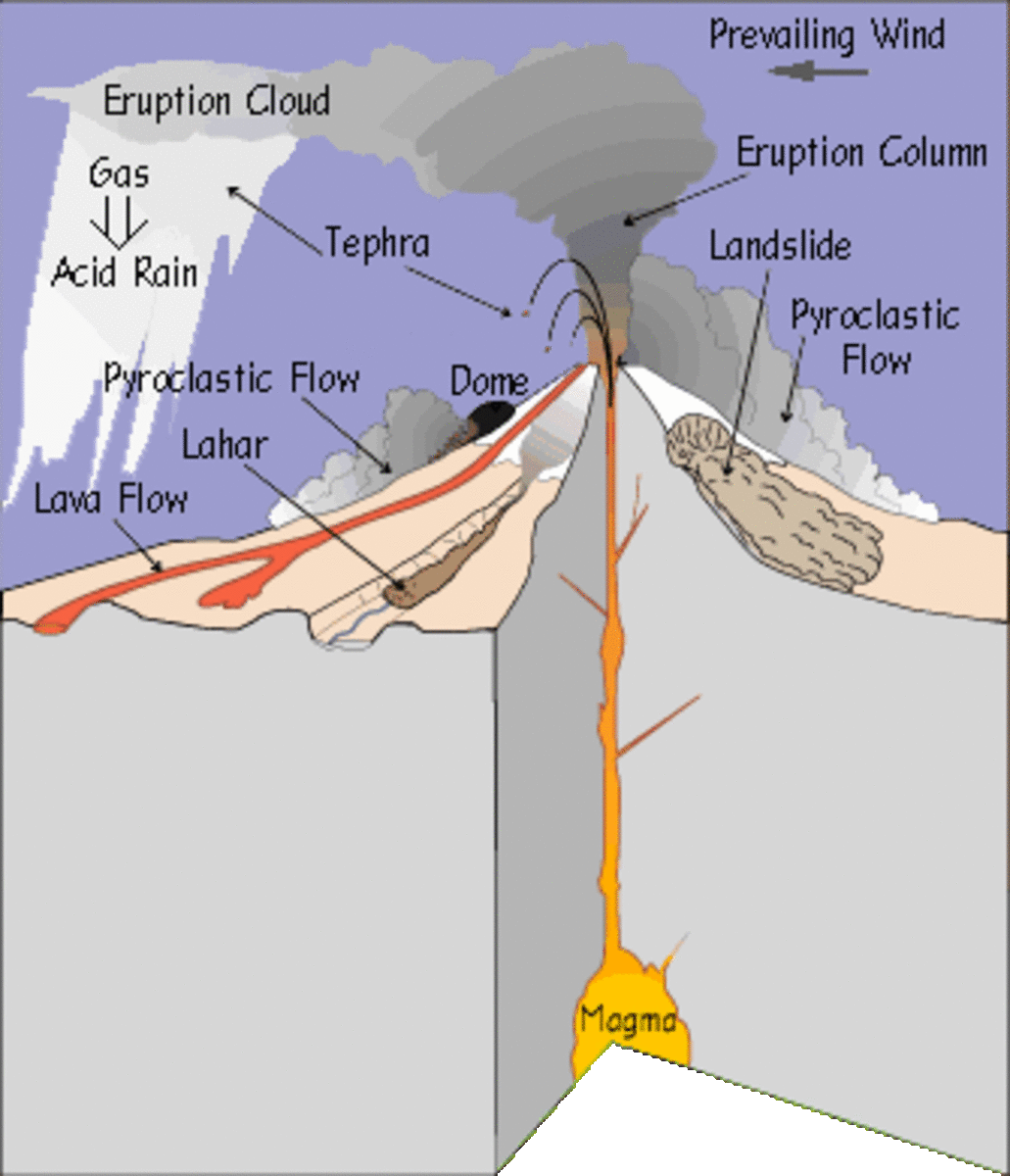The Reports of California's Demise have Been Greatly Exaggerated
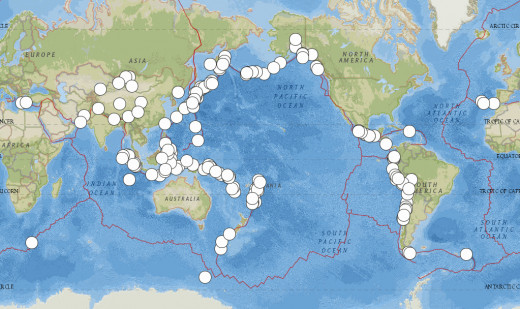
"You can not change the laws of physics Captain!" -Scotty
There has been lots of talk lately in religious circles that the end is near for much if not all of California. The doomsayers tell us that a huge 9.7 magnitude earthquake will strike off the coast of California, destroying at least San Francisco and flooding the Central Valley. And we don't have long to wait. This is prophesized as going to occur in the Day of our Lord, Thursday, October 3, 2013.
Now I am technically not a geologist or a seismologist, but I know a thing or two about both fields. I will not say that a 9.7 magnitude earthquake is not possible. It may be. But if it is possible it, like the top five recorded earthquakes that have been studied since 1900 that were 9.0 to 9.5 in magnitude, it would have to happen on a fault in a subduction zone and San Francisco is not situated in such a zone.
It is true that the California coast is along the "Ring of Fire" which circles the Pacific Ocean, and that around 90% of the worlds largest earthquakes occur along that ring, but those are almost all within subduction zones. The area on or near the coast of California, rather than having the ocean floor dipping beneath a continental plate (as is the case in a subduction zone), has instead two plates moving very slowly together in opposite horizontal directions (or are locked and shift during an earthquake from side to side). These type of faults are strike slip faults and the size of an earthquake along such zones can be no larger than 8.7 in magnitude. The reason for this is because these type of faults can't build up as much stress as a subduction zone fault can. Actually, the largest earthquake ever recorded along a strike slip fault was an 8.6 magnitude one in Indonesia on April 11, 2012, but that one ruptured four separate faults simultaneously and for the very first time (it may never be as big again in the same spot).
Although in theory it may be possible for an earthquake as large as an 8.7 in magnitude to occur in California, the next great quake would most likely be in Southern California, not in Northern California, and not off the coast, but inland where two major faults coincide. Both faults would have to rupture together to produce a quake over 8.0 magnitude in size. The largest quake in the historical record, estimated using the current moment magnitude standard of measure, is 7.9 for a quake in Southern California in 1857. The San Francisco earthquake of 1906 was once thought to be as strong as 8.3 in magnitude but using the new measurement methods it is now considered a 7.7 magnitude event.
In closing I wish to stress that even though an 8.7 magnitude earthquake may be possible on the type of faults that relate to most of California, the size of The Big One in Los Angeles most likely would be no larger than 8.3 in magnitude (under perfect storm conditions where three faults would give way simultaneously). Seismologists have recently expressed that an 8.1 magnitude event in Southern California could be caused by the combined effect of two faults rupturing together.
So is there going to be a catastrophic earthquake in California on October 3, 2013? Although I see a possibility of an 8.0 magnitude or larger event occurring during the last three months of 2013, I would most likely expect it along a subduction zone and not in California and not on the 3rd of October, 2013. In other words, don't hold your breath and don't bet on it.
